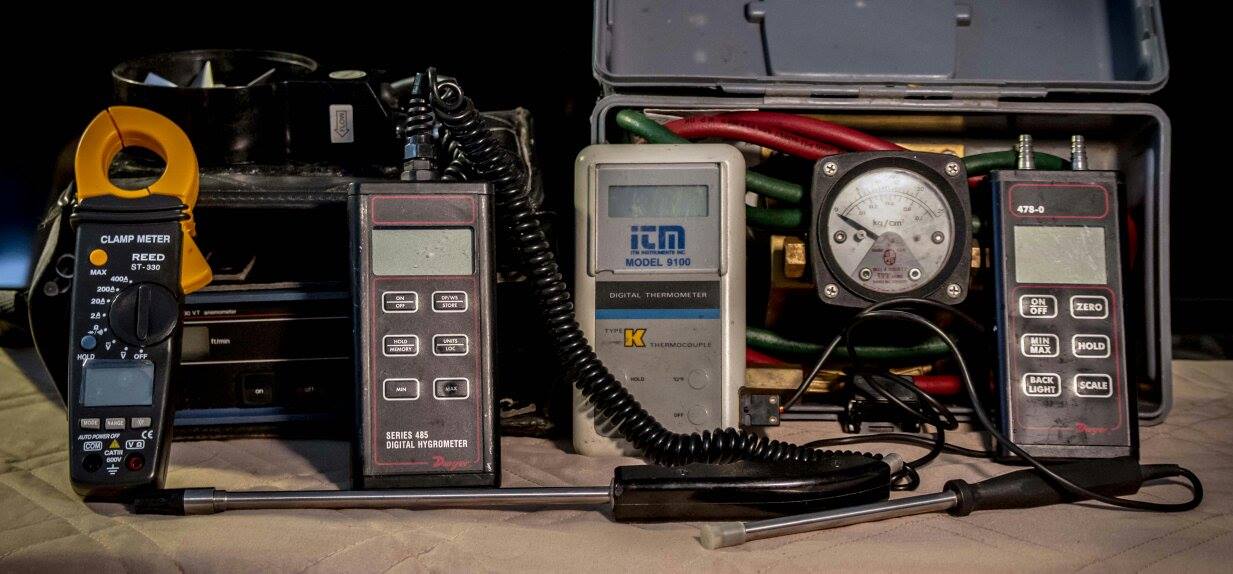Building Temperature Control Thermostats

Building temperature control thermostats presents the basics of thermostat operation.
There are three basic types of thermostats and there is no best.
Wall mounted thermostats may be pneumatic, electric or electronic. A building automation system may have a wall mounted temperature sensor which delivers a temperature signal to the building automation system.
Pneumatic How A Thermostat Works:
Pneumatic require a 20 psi control pressure to function. This control air, is supplied by a pneumatic control air compressor.
The wall mounted type uses a 3 to 15 psi output signal to control either a damper, cooling coil and/or heating coil control valve, to provide modulating temperature control.
Most heating, ventilating and air conditioning thermostats are direct acting. This means if the room temperature rises above the set point and output (psi) increases to return the room to set point temperature.
If the room temperature falls below the set point, the output (psi) decreases to return the room to set point temperature.
The pneumatic control air compressor provides the required 20 psi signal for the building temperature controls.
Electric How A Thermostat Works:
Electric require a low voltage to function. It is usually used for an on off function. It may position a damper, open a cooling or heating valve or energize a heating coil or direct expansion cooling system.
Electric may have fan and control selector switch.
If it is controlling a fan driven device, a selector switch may allow the occupant to select continuous or intermittent fan operation.
If continuous is selected, the fan will be energized and heating and cooling will occur. If intermittent is selected, the fan will only energize when heating or cooling is called for.
Thermostat Selectors
The other selector switch may have heat, auto, cool and off positions.
On heat, only heat can be selected. On cool, only cool can be selected. On auto, heat or cool may be selected. When the temperature control is selected OFF, the fan may run continuously but neither heat or cool will operate.
Electronic how a thermostat works:
Electronic require a low voltage to operate. It can be used for on off or modulating control functions. It may position a damper, open a cooling or heating control valve or energize an electric heating coil or direct expansion cooling system. These are usually direct acting.
The electronic may also send a signal to a building automation system, which provides the control function.
When used as part of a building automation system, it may act as a wall mounted temperature sensor, with no local selection of control signal.
I hope this explain thermostat information is helpful.
Return from explain thermostats to homepage
Hard copy and E book for sale. Introduction to Building Mechanical Systems. Click here.